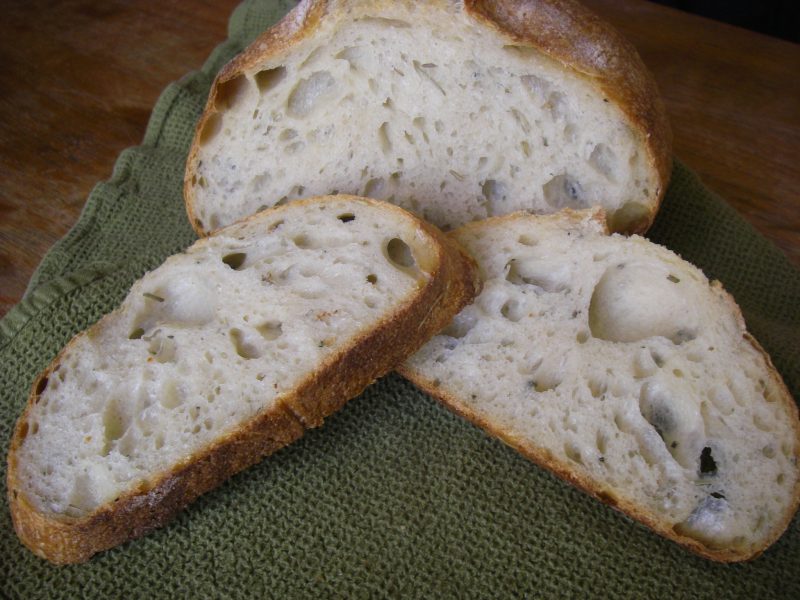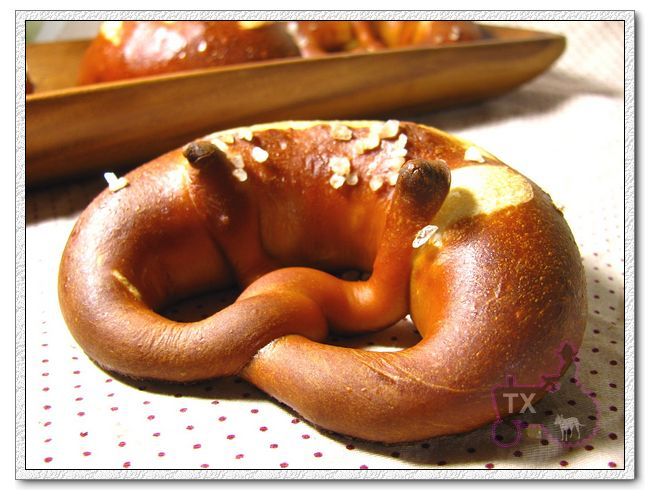Sesame Twisted Rings
These rings (based on the recipe for 'Greek Sesame Galettes (Κουλούρια)' in "Mediterranean Street Food" by Anissa Helou) were baked in the barbecue.
[center] [/center]
[/center]
It was hot in the kitchen. It was noon. But I mixed the dough anyway. And because it was so ridiculously hot , it was ready to be baked by dinnertime. We baked the rings in the barbecue.
- Log in or register to post comments
- View post
- ejm's Blog



